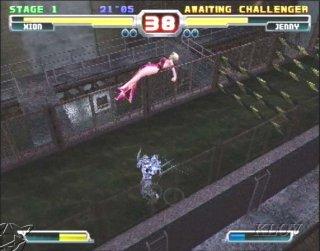


However, when a fighter’s human form completely loses health-which it will quite quickly in contrast to other BR games, as many a player has learned-he or she will automatically beastorize, even if the player controlling him or her doesn’t specifically press the Beast button to get him or her to transform.
#Bloody roar 3 endless match full
Sure, a player can still beastorize mid-battle, so long as his or her character has at least some Factor B available in his or her Beast Gauge, and he or she can charge his or her Beast Gauge up to full while in human form (and only in human form, of course) whenever he or she hits or takes hits from his or her opponent. Take, for example, each fighter’s Beast Gauge acting like its own separate health bar for his or her beast form. Granted, this should come as little surprise, what with this specific era in video game history being the time when Hudson began merging with Konami, but I personally can’t help but notice how coincidental it is that such was the case behind the scenes of this game’s creation and that its gameplay is as notably different from those of previous BR games. For one thing, BR 4 was the only Bloody Roar game that Konami co-developed alongside Hudson Soft and Eighting. There are several reasons, too, why many a BR fan-and, for that matter, why many a fighting game fan in general-dislikes this specific entry in the franchise. It was on Novemin North America that Hudson Soft first released this title, which was the very same date on which what the video game industry at least once knew as the PAL region received BR Extreme. Today I’ll be tackling the fifth and final installment of the official BR game series, Bloody Roar 4. Welcome to my fifth essay on my reboot for the Bloody Roar saga.


 0 kommentar(er)
0 kommentar(er)
